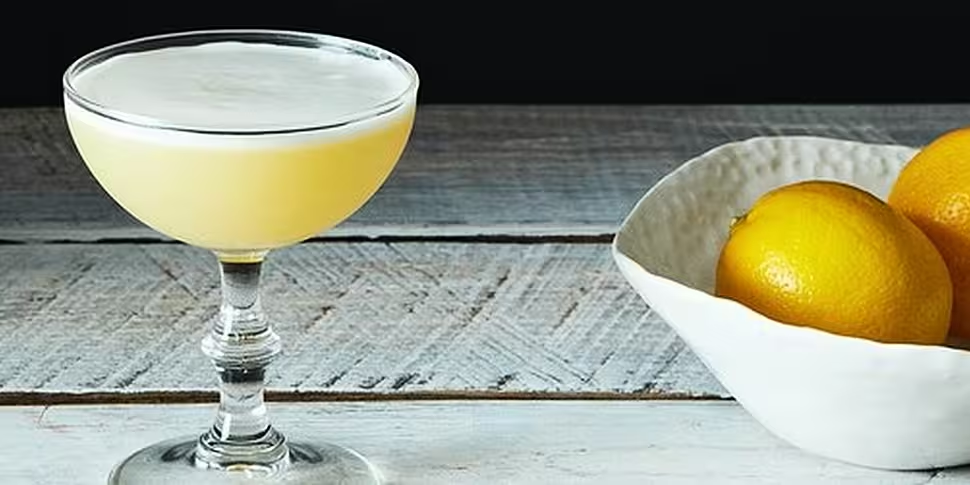Once you – as a responsible consumer – graduate past the simplest of cocktails, the gin & tonic, and fancy trying something a little more smooth, chances are you’ll end up sipping from a glass filled with a whiskey sour. A sweet and bitter mix of whiskey, lemon juice, sugar and egg whites, it glides smoothly across the palate, the cold whiskey’s sting cut through by the almost salty lemon. Mixed through with barely-beaten egg white and sugar, the whiskey sour is a syrupy, tangy froth, a safe order by self-conscious drinkers staring at an endless bar list in either the diviest dive bar in town or the latest bespoke joint making a splash on lifestyle blogs.
But the problem with a drink that’s so widespread and popular, not to mention made from ingredients that have been produced for more than a millennium, it can be very tricky to pinpoint the whiskey sour’s origins. At least three plausible stories exist, spanning a couple of centuries, blending into and out of each other, and taking places across half the world. Garnish with a couple of heavy-drinking literary heavyweights, and you’ve the makings of pretty much every cocktail’s origin in there somewhere.
A safe place to start is out on the high seas, where sailors in the British navy in the 18th century had cottoned on to the importance of vitamin C in order to fend off scurvy. That discovery is usually credited to James Lind, a Scottish doctor who carried out what would be the world’s first ever clinical trial, developing the theory that citrus fruits, like lemons and limes, could cure the scourge of scurvy. Encouraging the British Navy to dole out the bitter yellow and green fruits to men onboard its vessels, also helping to coin the nickname ‘Limey’ still used in certain parts of the world to refer to British people.
The only problem with Lind’s recommendation was that sailors despised the acidic taste of the fruits, so mixed their juices into their own booze and grog, usually rums or weak beers. These mixtures became known as ‘sours’, the concept spreading around the world as the ships sailed from port to port. On land, though, the rum got swapped for the more potent whiskey, and sugar, by then passed its heydey as an incredibly rare luxury, was stirred through to soften the blow.
By 1862, the recipe had been officially codified and printed in Jerry Thomas’s How to Mix Drinks: Or, The Bon-Vivant’s Companion, a pioneering piece of publishing that gathered the oral tradition of cocktail mixology before the concept even existed. Along with the gin fizz, Tom Collins, and the brandy daisy, the sour was splashed across the page for barmen all over the world to recommend. And they did, with references to it coming, like all whiskey sours should, thick and fast.
Several historical and folklore experts point to English man Elliot Stubb, an English native and one-time steward on a ship named Sunshine who, in 1872, found himself in the Peruvian port city of Iquique (now part of Chile). Combining lime juice, sugar, and Pisco, a type of brandy, over ice, Stubb is now credited with developing the Pisco Sour, though often gets pulled into the whiskey lore. At least he can take some solace in knowing that Peru officially recognises the first Saturday of February as a public holiday, while International Whiskey Sour Day, coincidentally celebrated on August 25th, is something you’ve never heard of.
While Ernest Hemmingway is better known as a fan of the Mojito, more than one barman has also revealed he enjoyed aromatic wallop of the sour as well. When he first met F Scott Fitzgerald in the Dingo Bar Montparnasse in Paris in 1925, the two stalwarts of 20th-cenutry American literature apparently fuelled their night with glass after glass of sours. Whether true or not, at least you can imagine you’ll write some fantastic novels the next time you’re trying to disengage an uncooperative fragment of eggshell from your cocktail shaker.









